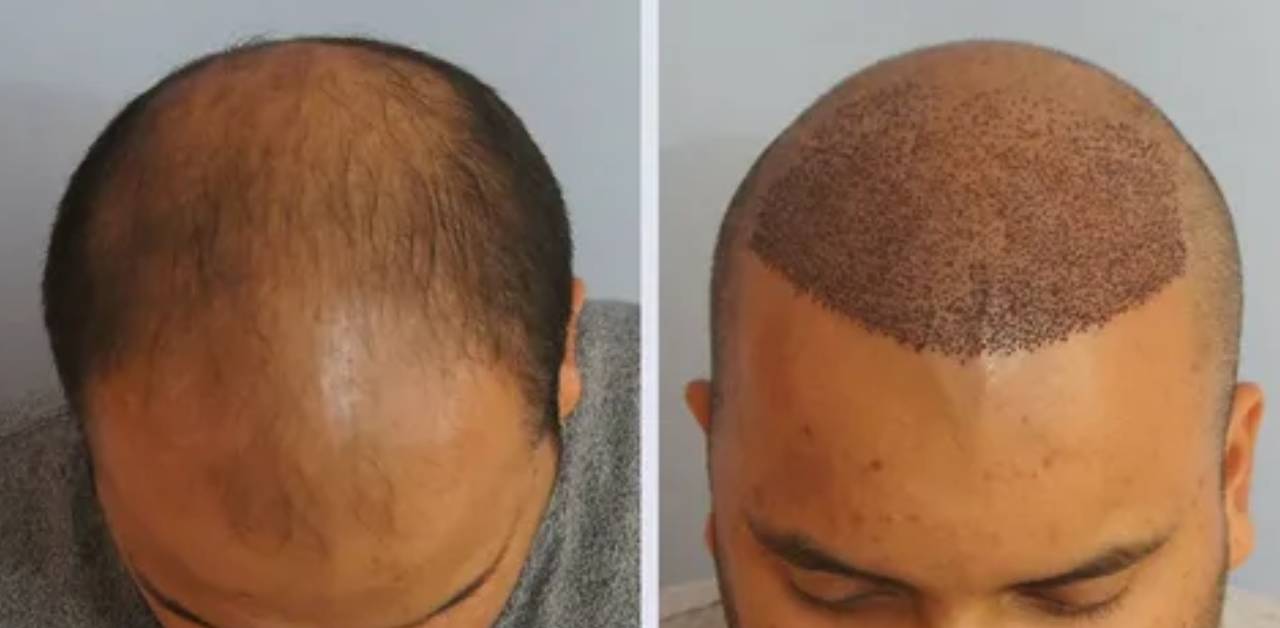Undergoing a best hair transplant is a significant step towards regaining a fuller head of hair and boosting your self-confidence. However, many individuals wonder if they need to incorporate additional treatments, such as minoxidil, into their post-transplant routine. In this article, we will explore the role of minoxidil in the hair transplant recovery process and whether it is necessary for optimal results.
Understanding Hair Transplantation
Before diving into the role of minoxidil post-hair transplant, let’s briefly understand the procedure itself. Hair transplantation is a surgical technique that involves the removal of hair follicles from one part of the body, known as the donor site, and transplanting them into the area experiencing hair loss, called the recipient site. The transplanted hair follicles are typically taken from the back or sides of the scalp, where hair growth is usually more robust and less affected by genetic factors.
The Purpose of Minoxidil
Minoxidil, a topical medication, is commonly used to treat hair loss and stimulate hair growth. It is available over the counter and is applied directly to the scalp. Minoxidil works by widening the blood vessels, promoting better blood flow to the hair follicles, and prolonging the growth phase of the hair cycle. It is effective in treating androgenetic alopecia (pattern baldness) and has been clinically proven to regrow hair in both men and women.
Minoxidil and Hair Transplantation
While minoxidil can be a useful treatment for hair loss, its role in the post-hair transplant phase is not mandatory. The success of a hair transplant primarily depends on the surgical technique, the quality of the transplanted hair follicles, and the patient’s overall health. Minoxidil is often recommended as an adjunctive treatment to complement the transplantation process, but its usage may vary based on individual circumstances.
Factors to Consider
Surgeon’s Recommendation: The decision to use minoxidil after a hair transplant is usually based on the surgeon’s assessment and their understanding of your specific situation. Surgeons may recommend minoxidil to help promote hair growth in the transplanted area and strengthen existing hair follicles.
Existing Hair Loss: If you have pre-existing hair loss in areas surrounding the transplanted region, minoxidil can be beneficial in preventing further hair loss and improving overall hair density.
Healing and Recovery: Minoxidil can be used during the recovery phase to aid in the healing process. It may help reduce inflammation, promote blood circulation, and enhance the absorption of essential nutrients for hair growth.
Individual Goals and Expectations: It’s crucial to communicate your hair restoration goals and expectations with your surgeon. They can then determine if minoxidil will be a beneficial addition to your post-transplant regimen.
Final Words
In summary, the decision to use minoxidil after a hair transplant depends on various factors, including the surgeon’s recommendation, the extent of existing hair loss, and individual goals. While minoxidil can be a helpful tool in promoting hair growth, it is not an absolute necessity for every hair transplant patient. It’s essential to consult with a qualified hair transplant surgeon who can assess your unique situation and provide personalized recommendations for optimal results.
Remember, hair transplantation is a complex procedure that requires expertise and careful consideration. By working closely with your surgeon and following their guidance, you can maximize the chances of achieving the desired outcome and enjoy a natural-looking, fuller head of hair.
